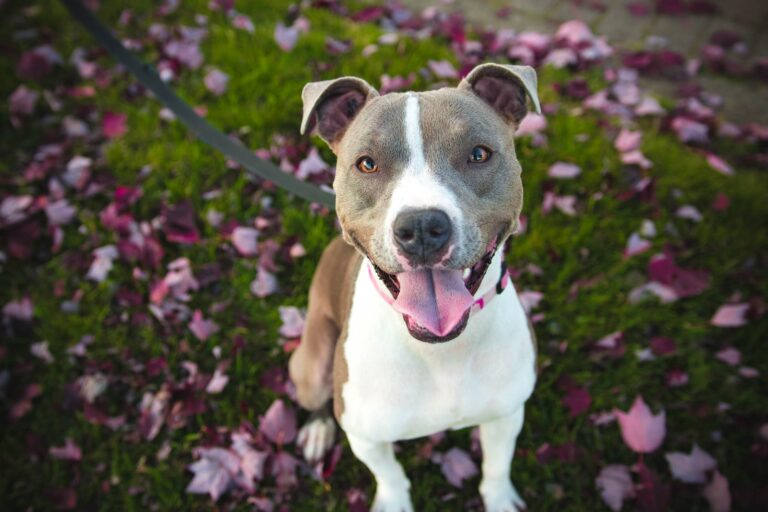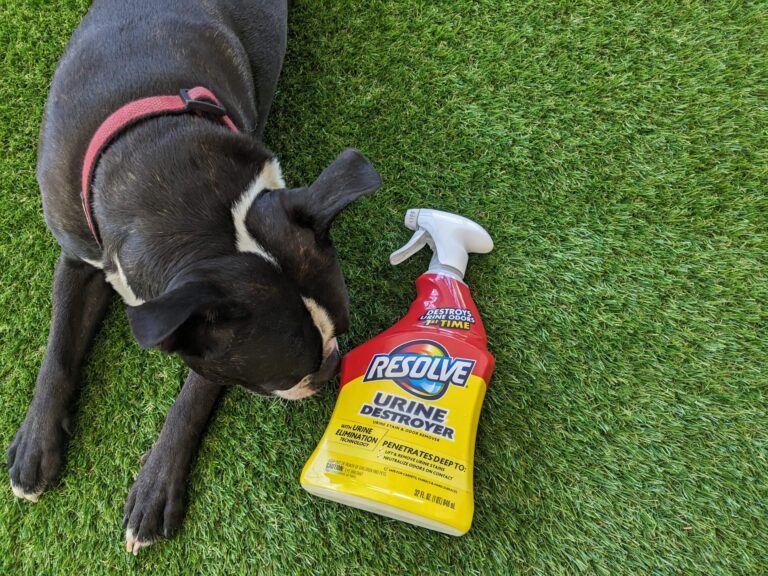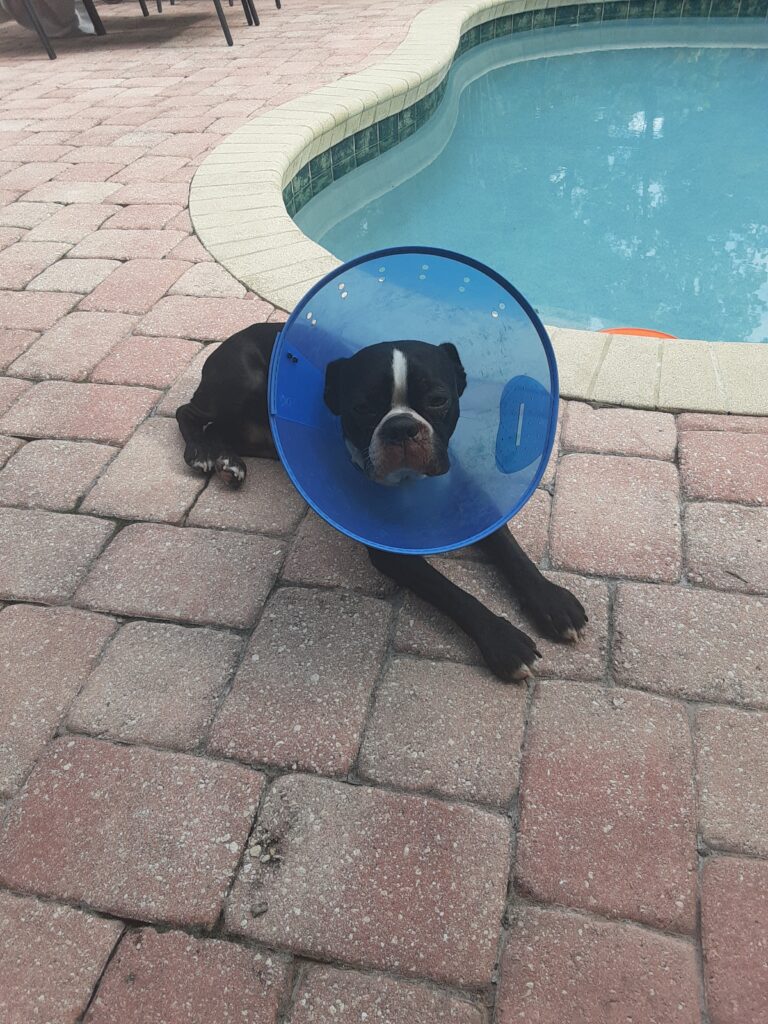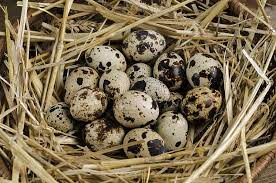“From Samhain to Superpups: The Evolution of Halloween Costumes for Dogs”
“Dressing up dogs in Halloween costumes has transcended its humble origins to become a cherished and widespread tradition embraced by pet owners across the globe. This endearing practice finds its roots in the ancient celebrations of both the Celts and Romans, whose cultural festivities laid the foundation for the modern-day Halloween extravaganza.
With time, these age-old rituals and beliefs coalesced, culminating in the vibrant and eclectic celebration we now recognize as Halloween.”
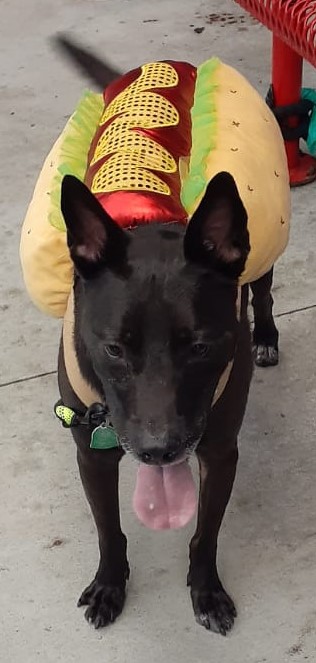
Origins of Halloween
“Halloween, in its present form, traces its lineage back to the profound traditions of ancient Celtic society, notably the pivotal festival known as Samhain. Occurring at the threshold between the culmination of the harvest season and the advent of winter, Samhain held profound significance in Celtic cultures. It signified not only the cyclic rhythm of nature but also marked a liminal period, where the veil between the realms of the living and the departed was believed to grow thin, granting ethereal spirits passage into the earthly domain. This concept imbued Samhain with an air of mysticism and reverence, as communities came together to acknowledge the transition and pay homage to their departed loved ones.”
Costumes and Disguises
In their quest to safeguard against malevolent forces and, intriguingly, to possibly merge with these spectral entities, the ancient Celts ingeniously donned costumes crafted from the hides of animals and masks. This practice was a testament to their deep-rooted belief in the interplay between the material and spirit realms. Through these meticulously crafted disguises, the Celts sought to blur the boundaries, forging a connection with the supernatural while safeguarding themselves from harm. This early form of costume-wearing was an embodiment of their reverence for the unseen forces that shaped their world, a tradition that laid the groundwork for the exuberant masquerades and costume parties that now hallmark the Halloween festivities we know today. Remarkably, while this practice was integral to Celtic culture, it was not one extended to our faithful canine companions, as the concept of canine costume adornment would emerge centuries later
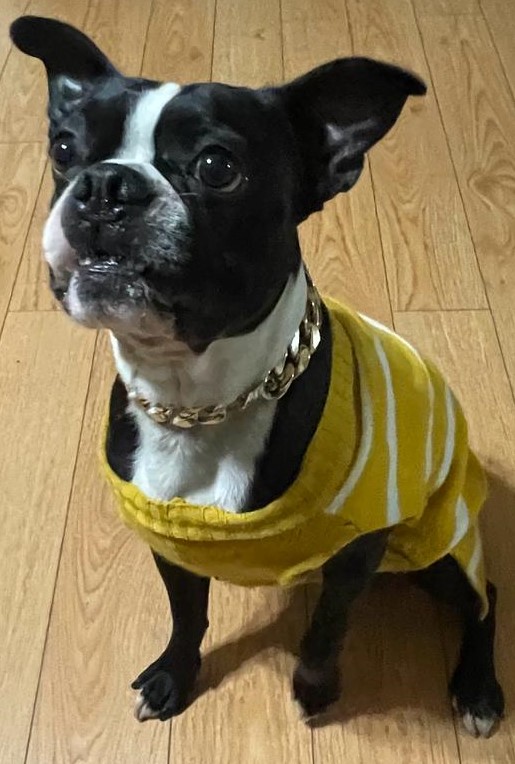
Roman Influence
As they navigated the enigmatic terrain between the corporeal and the spectral, the Celts devised a practice of adorning themselves in costumes fashioned from the supple pelts of animals, complemented by masks concealing their earthly visages. This ingenious custom was a testament to their profound understanding of the intricate dance between the mortal realm and the realm of the unseen. By assuming these carefully crafted disguises, the Celts sought to transcend the boundaries that separated the living from the otherworldly, forging a symbiotic connection with the ethereal while fortifying themselves against any malevolent forces. This early form of costume-wearing was a manifestation of their reverence for the enigmatic forces that influenced their existence, laying the groundwork for the exuberant masquerades and lavish costume parties that define contemporary Halloween celebrations. Interestingly, while this practice was an integral facet of Celtic heritage, it was not one that extended to our canine companions, as the concept of donning costumes for dogs would not emerge until centuries later.
Transformation into Halloween
As the sands of time flowed on, these age-old customs intertwined with the tapestry of Christian traditions. The first day of November was sanctified as All Saints’ Day, a solemn occasion dedicated to venerating the hallowed saints and martyrs. In an intricate dance of culture and belief, the preceding night of October 31st took on a new mantle, christened as All Hallows’ Eve, gradually morphing into the familiar moniker of Halloween. This transformation did not sever the ties to its ancient roots; instead, it wove them into the fabric of a new religious observance. Thus, the celebration retained vestiges of the earlier Celtic and Roman festivals, perpetuating the enduring notion of donning costumes and disguises as a testament to the enduring connection between the living and the spectral realms
The Emergence of Dog Costumes
The tradition of adorning dogs in Halloween costumes is a relatively modern phenomenon, finding its inception in the 20th century. It emerged alongside the burgeoning popularity of Halloween costumes tailored specifically for pets. Initially, it was a lighthearted and endearing gesture on the part of pet owners who sought to integrate their four-legged friends into the exuberant festivities. These early canine costumes were often simple yet charming, reflecting the shared joy and camaraderie of the occasion. Since its nascent stages, this trend has burgeoned into a full-fledged cultural phenomenon. Today, the market offers an expansive array of Halloween costumes tailored exclusively for dogs. These range from the eerily haunting to the delightfully whimsical, catering to a diverse spectrum of tastes and preferences. Pet owners now have the opportunity to transform their furry companions into an assortment of captivating characters, from spectral ghouls to iconic pop culture figures. This practice has transcended mere novelty, becoming an integral part of the modern Halloween experience for many households. It embodies the spirit of inclusivity, allowing dogs to partake in the revelry alongside their human counterparts. Moreover, it stands as a testament to the deep bond and affection between humans and their cherished canine companions, as they join together in the shared joy of this festive season. Overall, while the ancient origins of Halloween are deeply rooted in Celtic and Roman traditions, the practice of dressing up dogs for Halloween is a relatively modern phenomenon, emerging in the 20th century as part of the broader cultural celebration of the holiday.
People choose to dress up their dogs for various reasons, reflecting a combination of fun, creativity, and the deep bond they share with their furry companions. Just as people enjoy dressing up in costumes for holidays and special occasions, they want to include their pets in the festivities. Halloween, in particular, is a time when many pet owners choose to dress up their dogs to make them a part of the family’s themed costumes or simply to celebrate the holiday together. Dressing up a dog can be a bonding experience. It allows pet owners to spend quality time with their pets, creating a sense of togetherness and shared enjoyment. Many pet owners see their dogs as cherished family members and want to involve them in the fun. Dressing up a dog can be an expression of affection. Pet owners enjoy pampering their dogs and making them feel special. Putting on a cute or funny costume can be a way to show love and attention to their beloved pets. Dog costumes can bring laughter and amusement to both the pet owner and those who see the dressed-up dog. It’s often done for entertainment value, and the sight of a dog in a quirky or creative costume can brighten people’s days. In the age of social media, many pet owners share images and videos of their dressed-up dogs on platforms like Instagram and TikTok. These adorable and often hilarious posts can garner likes, shares, and comments from a pet-loving community, fostering a sense of camaraderie and connection. Some pet owners participate in pet-themed events, parades, or costume contests where dressing up their dogs is a part of the fun. These events provide opportunities for dogs and their owners to interact with others who share their enthusiasm.
So, if you are thinking of dressing up your furry friend this season, here are some ideas for you:
Pumpkin: This classic costume is always a hit. It’s easy to find and looks adorable on dogs of all sizes.
Witch or Wizard: A little witch’s hat or a wizard’s cloak can transform your dog into a magical companion.
Superhero: Whether it’s a cape or a full costume, many dogs look great as superheroes.
Ghost: A simple white sheet with cut-out holes for eyes can be a cute and spooky option.
Vampire: A black cape with a red-lined collar can turn your pup into a canine count.
Bumblebee: This is a perennial favorite. It’s cute and easy to find.
Skeleton: A skeletal costume can give your dog a spooky, yet adorable, look.
Star Wars Characters: Costumes like Yoda, Ewoks, or Darth Vader can be a fun choice for fans of the franchise.
Dinosaur: Transform your dog into a prehistoric creature with a dinosaur costume.
Food or Drink Items: Anything from a hot dog to a beer bottle can be a humorous and unique option.
Disney Characters: Options like Mickey Mouse, Minnie Mouse, or other classic Disney characters can be a fun choice.
Fairy or Elf: These magical creatures can add a whimsical touch to your Halloween festivities.
Pirate: A pirate hat and a little coat can turn your dog into a swashbuckling companion.
Lion or Tiger: Transform your dog into a ferocious feline with a lion or tiger costume.
Mermaid or Merman: These mythical sea creatures can be a fun and imaginative choice.
Remember, while dressing up your dog can be a delightful way to partake in Halloween festivities, prioritizing your furry friend’s comfort and safety is paramount. Ensure the costume allows for unrestricted movement and normal breathing, and check for any signs of discomfort. Keep a watchful eye on your dog while they’re wearing the costume and promptly remove it if they show any signs of distress. Your pet’s well-being should always come first.

